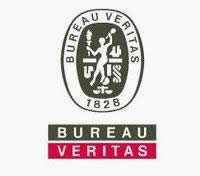Waymarking: then and now
29/04/2011
If you have been walking above Charlton and East Dean over Easter you may have come across two new wayposts, these days commonly called finger posts (due to the way they “point.”) These are actually replacements of hunt posts erected in the 1970s when the Cowdray Hunt was still well known; they were designed provide guidance to any riders who had strayed away from the main hunt.
Pauline Senior, the daughter of the late Charles Shippam, says that her father spent his free time ensuring that the rights of way in certain areas of Sussex remained clear and accessible. There are many old waymarking posts which had artefacts and small treasures relating to the history of the South Downs encased in the concrete, found when they were removed. These items have now been reburied.
One of the new waymarkers can be found just north of Levin Down above Singleton and Charlton. It commemorates the most famous day in the history of the Charlton Hunt. The 26thJanuary 1738 is now known as the “Grand Chase.” The hounds ran without a break from eight o’clock in the morning through to six in the evening – it would already have been dark for a couple of hours by the time they stopped. The second Duke of Richmond stayed the whole of the fifty-seven mile course – he was so delighted with the hunt that he sent his servants out with a cartwheel to re-trace the route, which is why the mileage is known quite accurately!
An interesting fact for you: in modern terms, waymarking is normally taken to mean an activity in which people can locate and log interesting locations around the world, usually with a GPS receiver and a digital camera. Those who take part in waymarking tend to become more knowledgeable of their own areas and to become interested in local history. In fact many local governments have started following the trend by using urban waymarkers to increase foot traffic to local amenities. The dCipher range from Fitzpatrick Woolmer is excellent for this.
If you are a walker interested in wayfinding methods or a local government or recreation facility official, consider visiting www.fwdp.co.uk to view the range of wayfinding products available.

























